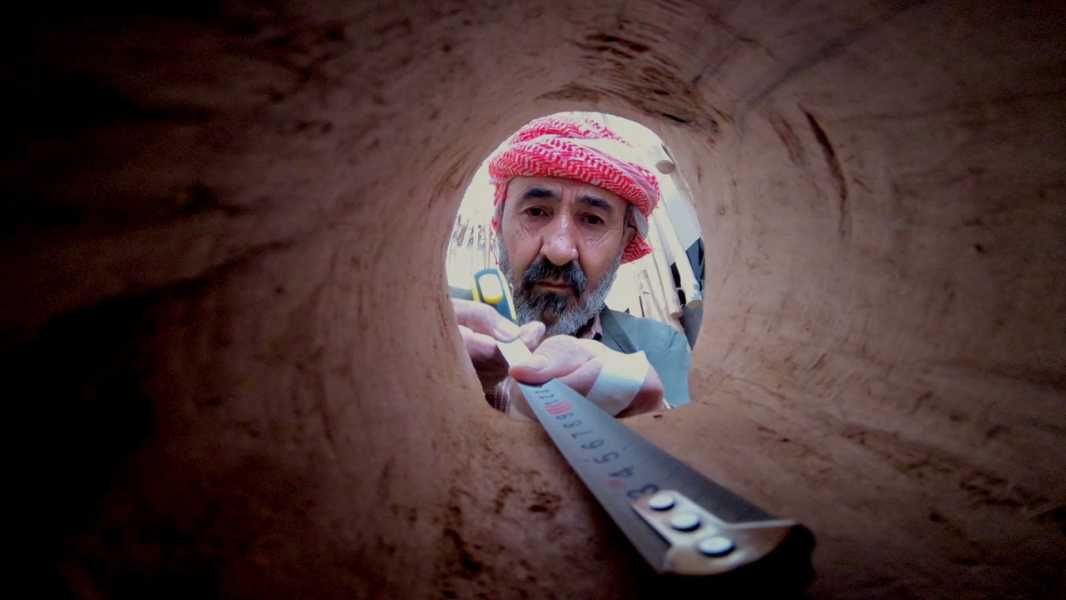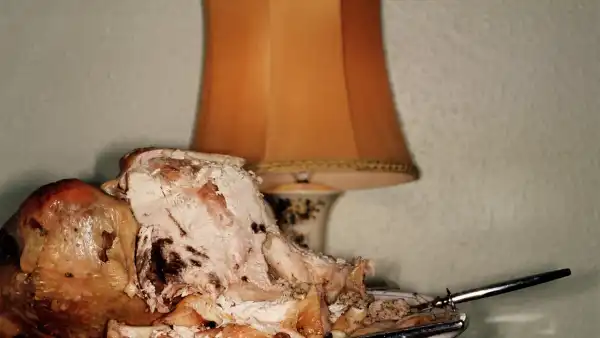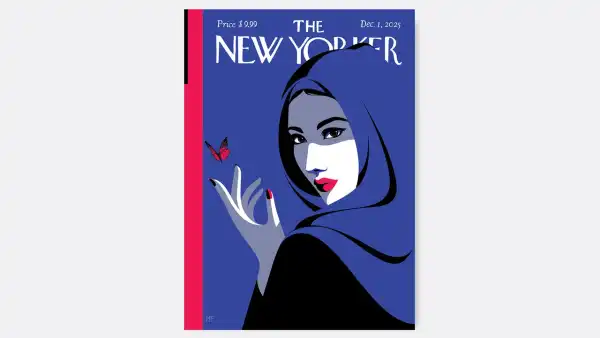
Save this storySave this storySave this storySave this story
When the Iran-Iraq War ended, in 1988, after eight years of combat, the conflict had killed hundreds of thousands of people, and left more than a million injured or disabled. During the fighting, land mines were planted in the hills and fields of the border regions—today, unexploded mines dating from the war still endanger civilians and clean-up personnel. In 2017, the Landmine and Cluster Munition Monitor found that land mines in Iran had injured seven thousand people and killed around three thousand more since the end of the war. Millions more of the explosives remain hidden in the landscape. In rural communities, individuals who are disabled from mine explosions can find themselves socially isolated when they are unable to access adequate care or economic opportunity.
The Kurdish filmmaker Khalil Sahragard grew up in Sheykh Sharbati, Iran, familiar with the reverberations of the war. Several years ago, he began to think about something “unusual” that he’d seen in a park. A friend and distant relative named Hossein Mahmoudi, a carpenter who had lost his leg in a mine explosion after the war, had a prosthetic leg made out of wood. Sahragard was well acquainted with the devastating effects of land mines; he recalled that two children were injured in a nearby village when he was young. But Mahmoudi’s wooden creation struck Sahragard in a different way. He found Mahmoudi’s resilience inspiring. “I see that beauty in the way that he works,” Sahragard said. “I see that beauty in his character.” He decided to make a film about Mahmoudi and his work.
The New Yorker Documentary
View the latest or submit your own film.

In Sahragard’s film “Carpenter,” Mahmoudi converses amiably with his customers in Marivan, a city on the Iraq-Iran border in the Kurdistan province. He treks into the wilderness outside the town, gathering acorns, camping outside, and shaping harvested willow into tools that can help ease the lives of his peers. His personal resilience parallels that of his community. The Kurdish people today do not have their own state. Kurdistan, the historical home of the Kurds, is split over numerous countries, including Iran, Iraq, Turkey, and Syria. (Recent estimates place the number of Kurds in Kurdistan at around thirty million.) Consequently, the Kurdish people, inhabiting the borders of these countries, are subject to the haphazard mines—which are poorly mapped and can shift with natural phenomena like floods—and to varying mine policy. Iran has not signed the 1997 Mine Ban Treaty, which forbids the “use, stockpiling, production, and transfer of anti-personnel mines.” An Atlantic Council write-up noted that Iran uses mines to deter smuggling and terrorist activity in the border provinces. Farmers, shepherds, and couriers risk injury or death from the explosives on a daily basis.
Because the Kurds “don’t have an independent country,” Sahragard said, “this is one of the biggest problems of the Middle East.” In the face of such geopolitical circumstances, what is to be done? Thinking about the future, he referenced an old Kurdish proverb: “No friends but the mountains.” The phrase speaks to a broad feeling among Kurds that only the rugged terrain commiserates with them in their struggle to establish an autonomous existence. Sahragard imagines a world of peace and coöperation, a world in which Kurds can “stop saying that” phrase at last. “I hope to see this,” he said. “One day, the people, the nation will see that.”
Sourse: newyorker.com






